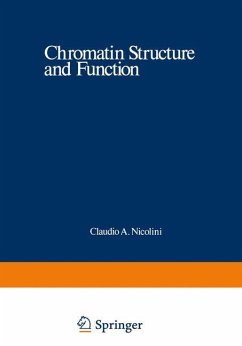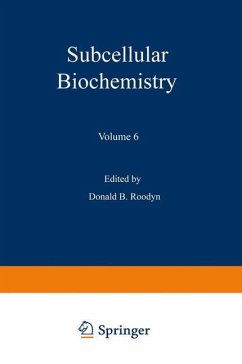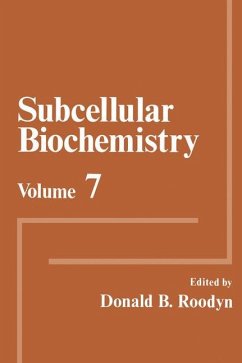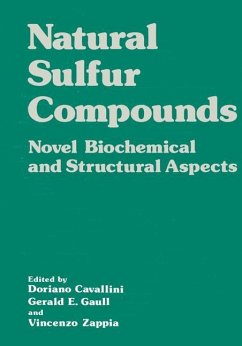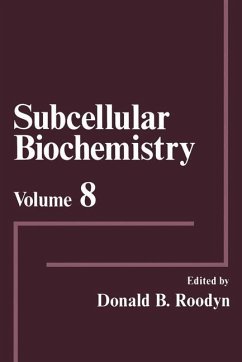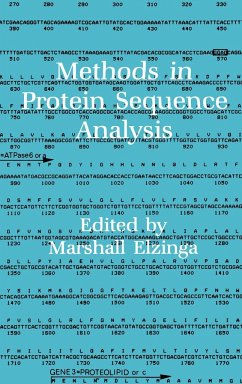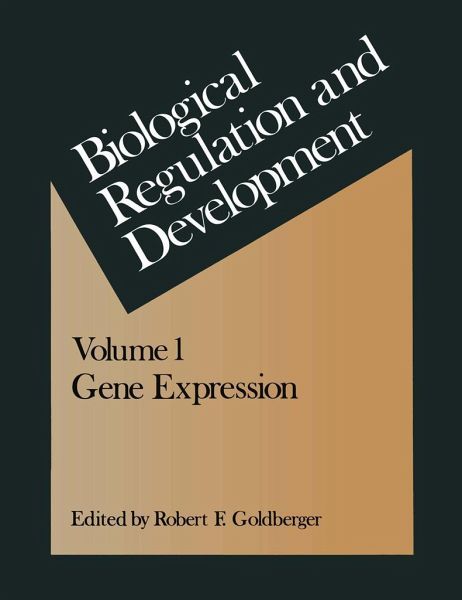
Biological Regulation and Development
Gene Expression
Herausgegeben von Goldberger, Robert

PAYBACK Punkte
27 °P sammeln!
The motivation for us to produce a treatise on regulation was mainly our convic tion that it would be fun, and at the same time productive, to approach the subject in a way that differs from that of other treatises. We had ourselves written reviews for various volumes over the years, most of them bringing together all possible facts relevant to a particular operon, virus, or biosynthetic system. And we were not convinced of the value of such reviews for anyone but the expert in the field reviewed. We thought it might be more interesting and more instructive-for both author and reader-to avoid ...
The motivation for us to produce a treatise on regulation was mainly our convic tion that it would be fun, and at the same time productive, to approach the subject in a way that differs from that of other treatises. We had ourselves written reviews for various volumes over the years, most of them bringing together all possible facts relevant to a particular operon, virus, or biosynthetic system. And we were not convinced of the value of such reviews for anyone but the expert in the field reviewed. We thought it might be more interesting and more instructive-for both author and reader-to avoid reviewing topics that anyone scientist might work on, but instead to review the various parts of what many different scientists work on. Cutting across the traditional boundaries that have separated the subjects in past volumes on regulation is not an easy thing to do-not because it is difficult to think of what interesting topics should replace the old ones, but because it is difficult to find authors who possess sufficient breadth of knowledge and who are willing to write about areas outside those pursued in their own laboratories. For example, no one scientist works on suppression per se. He may study the structure of suppressor tRNAs in Escherichia coli, he may study phenotypic suppression of various characters in drosophila, he may study polarity in gene expression, and so on.





